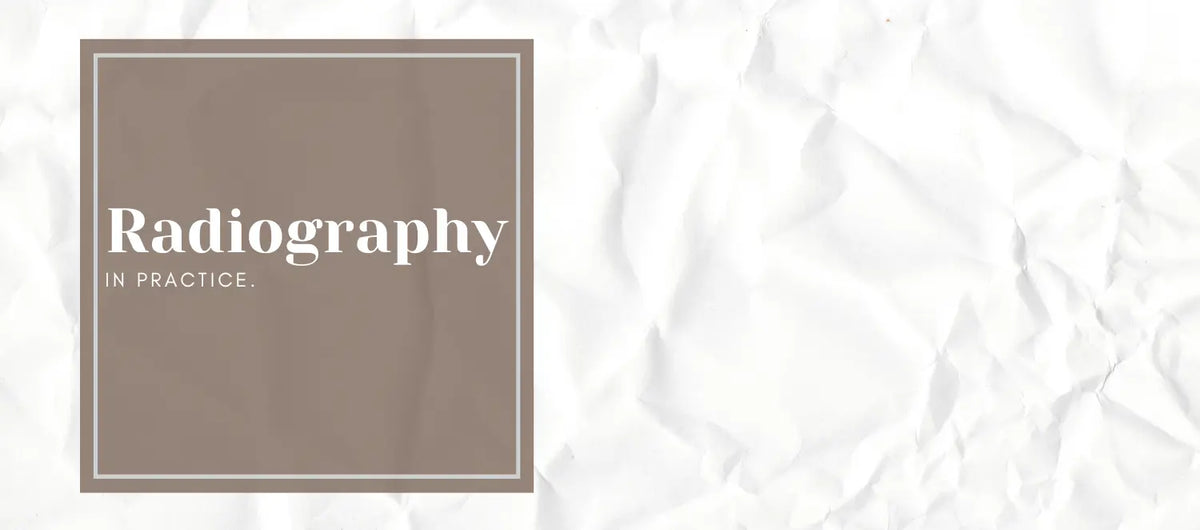
Radiography in the Real World: Michelle’s Advice Every Student Should Hear
|
|
|
Time to read 3 min
|
|
|
Time to read 3 min
How long have you been working in Medical Imaging?
5 years
Have you worked in public/private practice or both?
Rural public hospitals and metro private clinics.
Why did you become a Radiographer?
I actually became a radiographer by chance!
My parents wanted me to do a degree that would secure me a job after university, so the options were mostly things like pharmacy, radiography, doctor etc. I had a friend in high school that was studying the course when I was applying, and she recommended it to me, and this is how I became a radiographer!
"Forget your textbook angles, learn to adjust tube angles based on your patient."
I personally enjoy CT scanning a lot, so I have tried to improve my CT skills to include more advanced scanning and cardiac scanning.
I have not yet specialised in other modalities, but I think my choice would be MRI.
Private clinics normally operate in normal business hours, depending on how busy the site is, you may be the only radiographer.
Most of your interaction would be with receptionist, sonographers, patients and if any other radiographer on site.
Public hospitals normally include a roster of overtime and on-call, and often you would be required to work alongside more radiographers, but also other allied health professionals, for example ward nurses, ED nurses and doctors and surgeons to name a few.
You get a more comprehensive idea of your patient's medical history, and you can follow their progress and diagnosis better.
What I personally found interesting was that I could watch people get better in ICU rounds over the span of a week, and I was amazed at how quickly people could heal.
Forget your textbook angles, learn to adjust tube angles based on your patient.
Allow collimation space when imaging for trauma and children, account for the chance of a patient moving during the exposure.
Don't over think, if you are ever not sure, put what you want to see in the middle of the imaging plate.
Check your image and exposures, to be a good radiographer, you should know your pathology and can escalate this to the radiologist if required. Especially in higher modalities.
If you have suspicions, do an extra view! It never hurts to do an extra view for your patient, if you just feel that something isn't quite right.
Apply for a medical imaging job when studying.
When I started studying this was not really something that happened often, however in recent years I have seen more ads for these roles on seek.
And I do recommend applying for them if you're interested.
Back then, I wanted a part time job that could get me more experience in the field, so I contacted a few private radiology clinics and offered my services for free.
I was lucky enough that the chief radiographer liked my initiative, and gave me a part time job at the clinic as a medical imaging assistant.
Depending on the practice you work at, I was able to do general x-rays supervised, much like I would do on placement.
And the duties also included changing patients for x-ray and CT, reception work, quality assurance for film and delivery of film on occasion.
The experience was very beneficial for me, and I learnt a great deal from my manager.
Some clinics would train you to do cannulation and mostly going through contract sheets with patients as well.
Speaking to patients is a crucial part of the job, and the more you get to practice, the better it is!
I wish you all a wonderful and fulfilling future!
If you are interested in contributing your experience in the world of Medical Imaging please email us at info@remarkablemarkers.com.au

